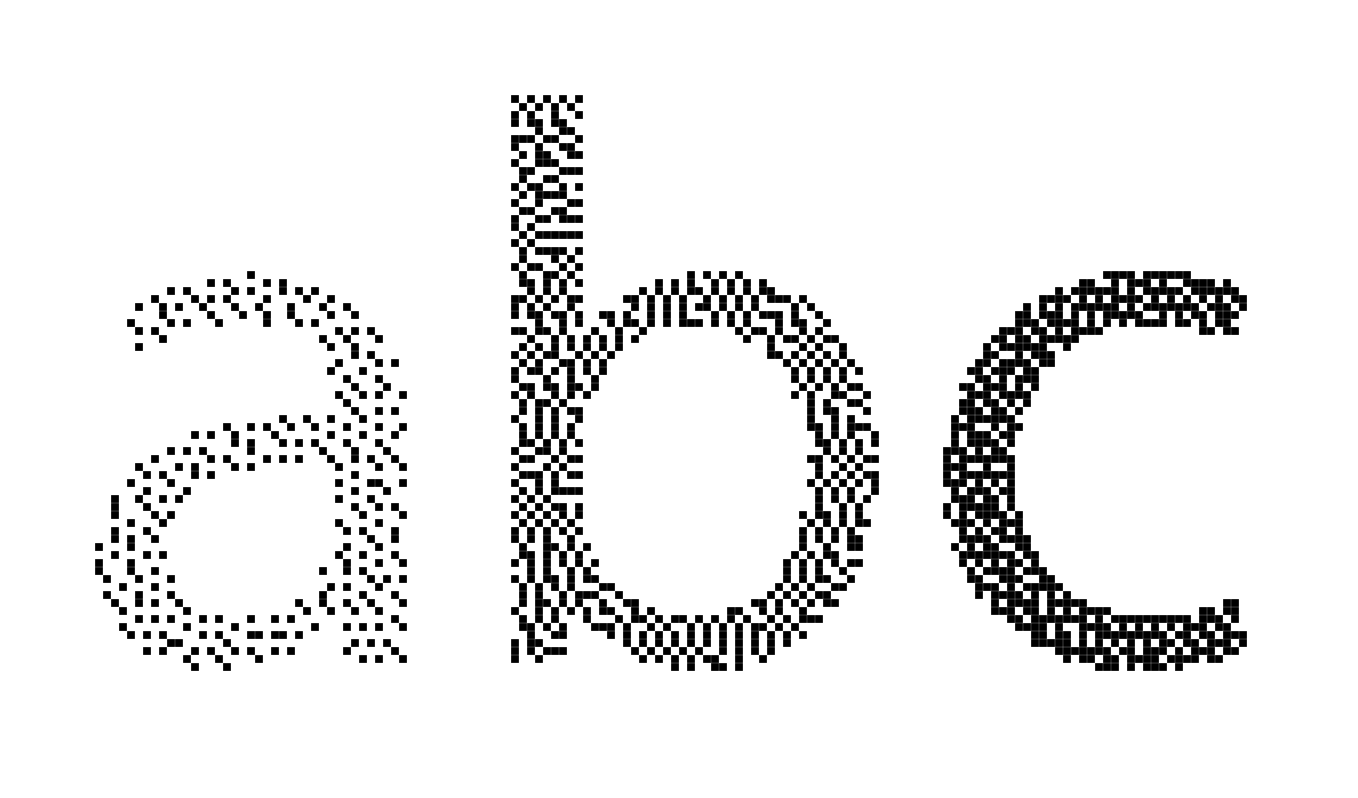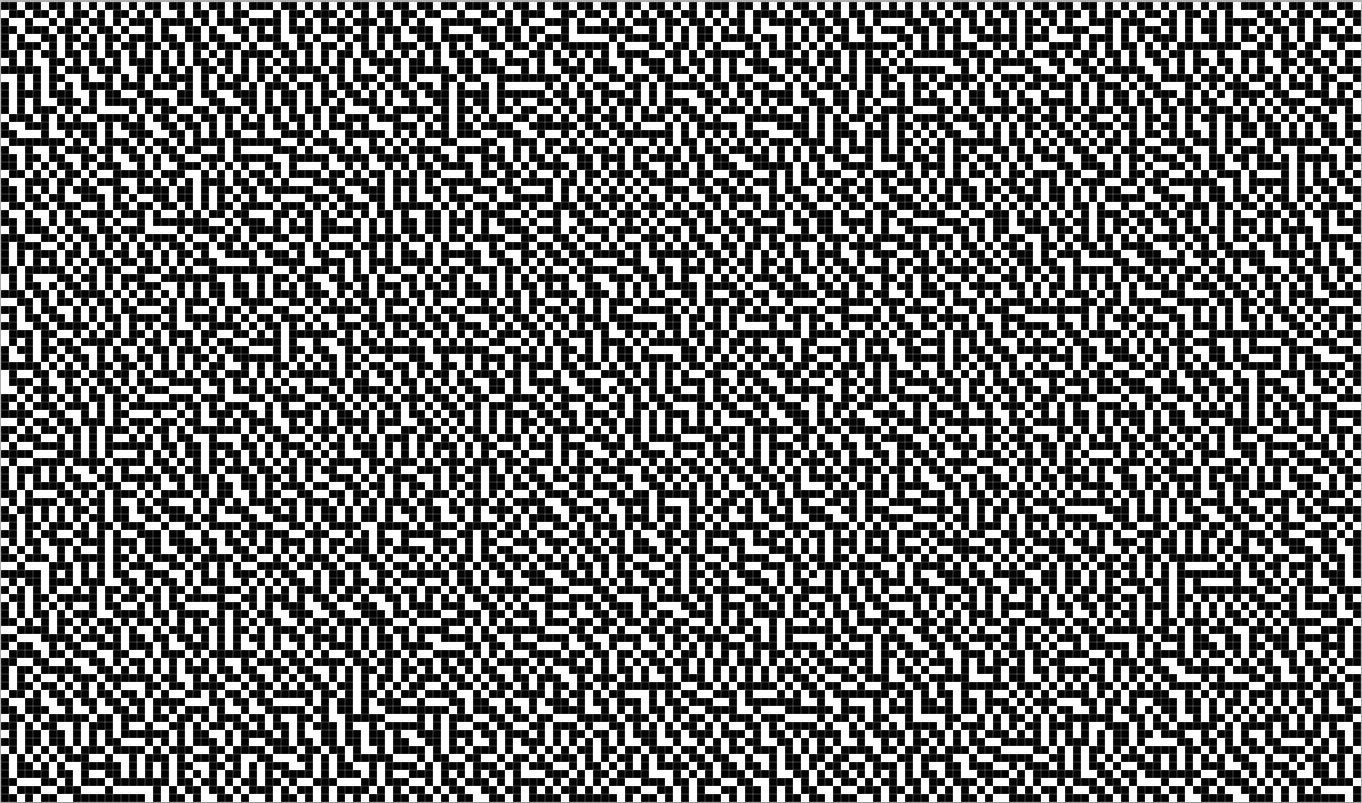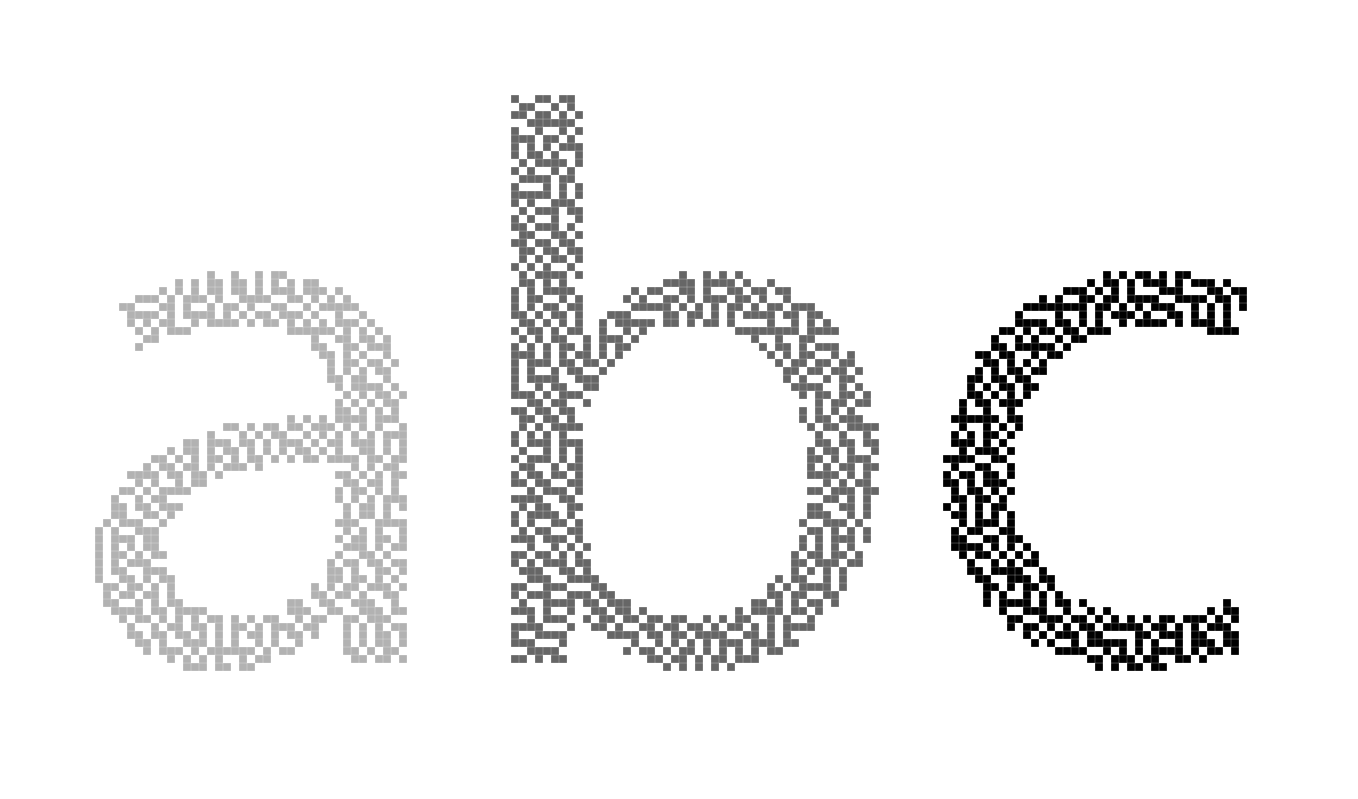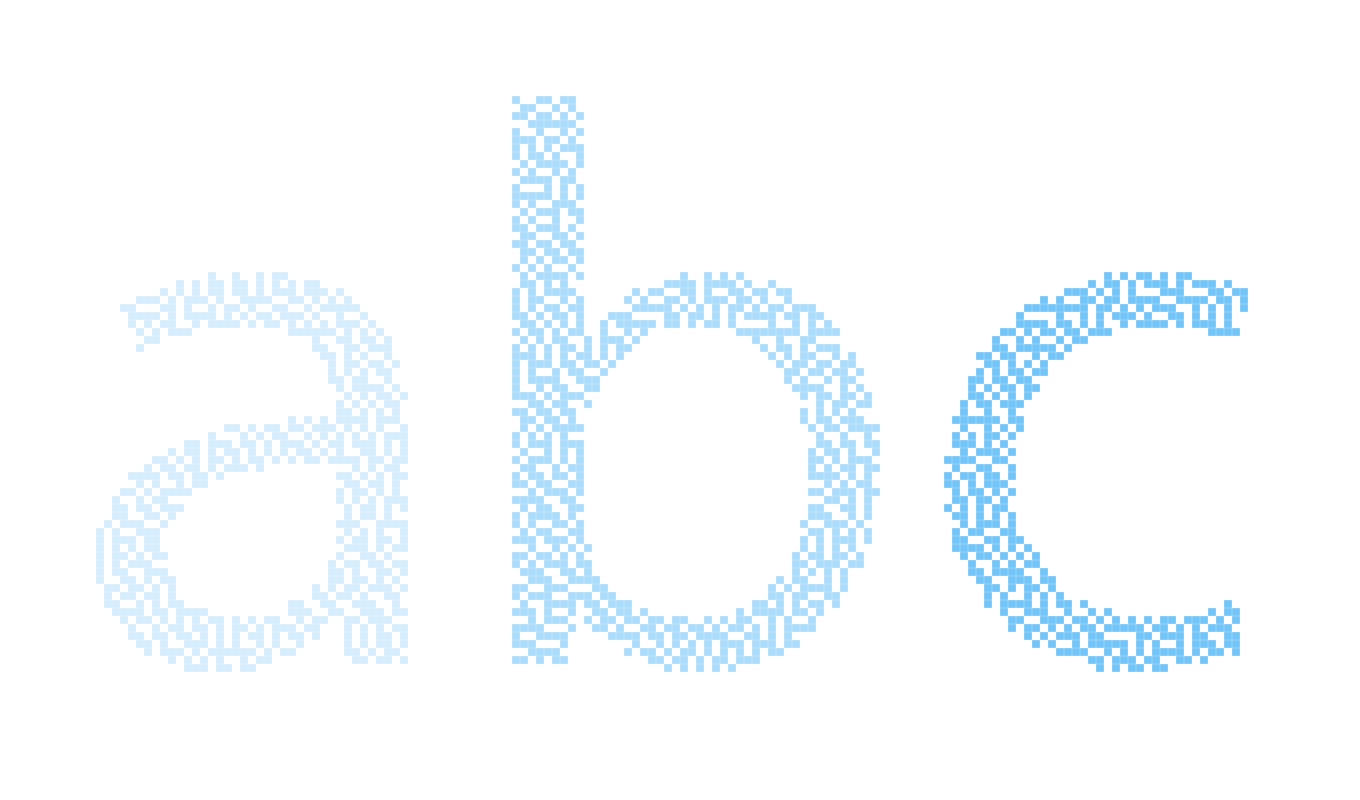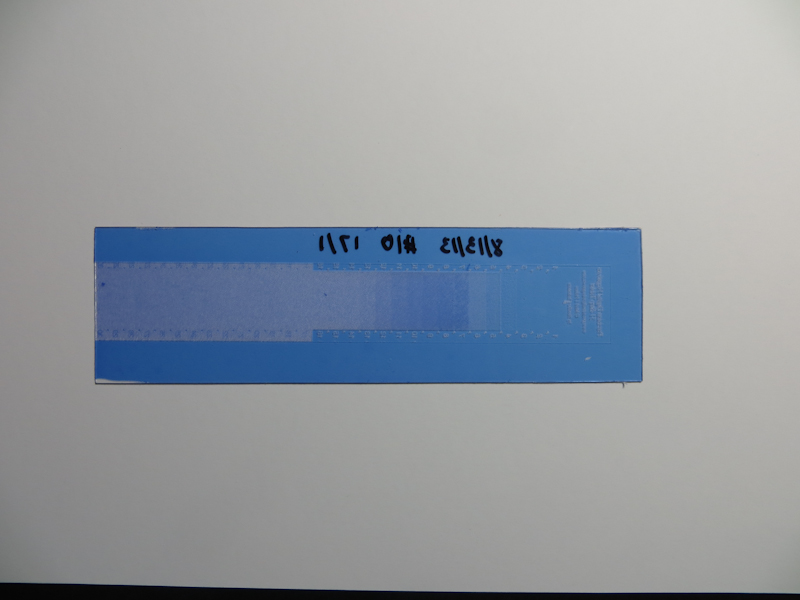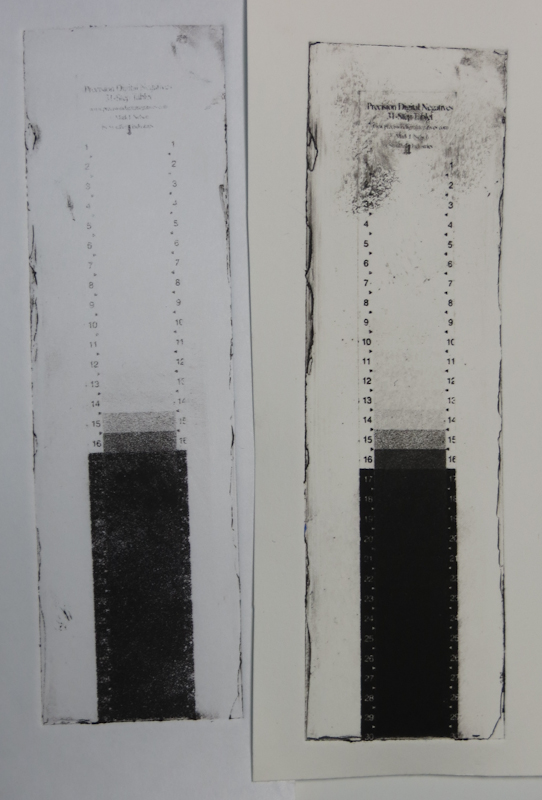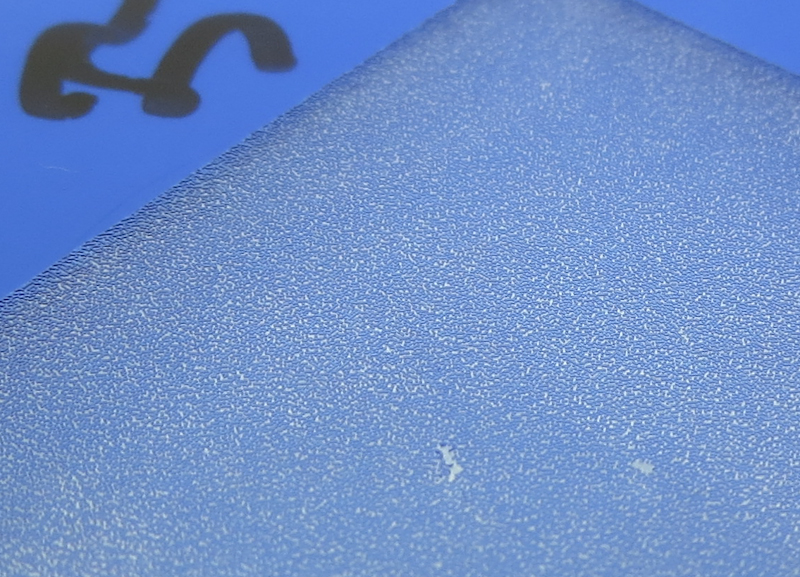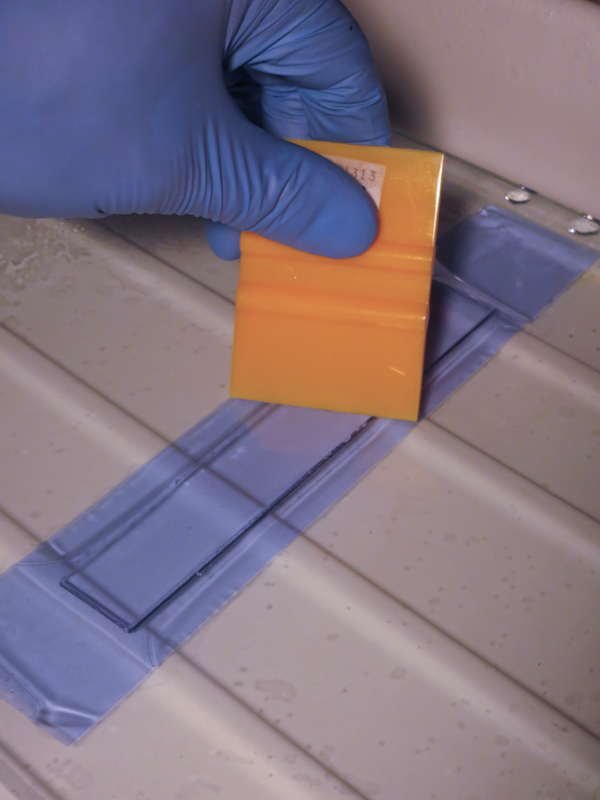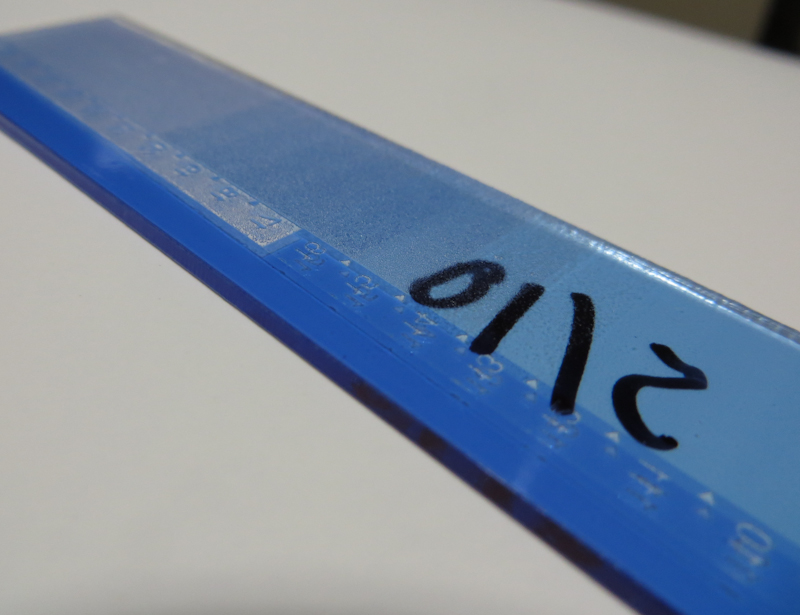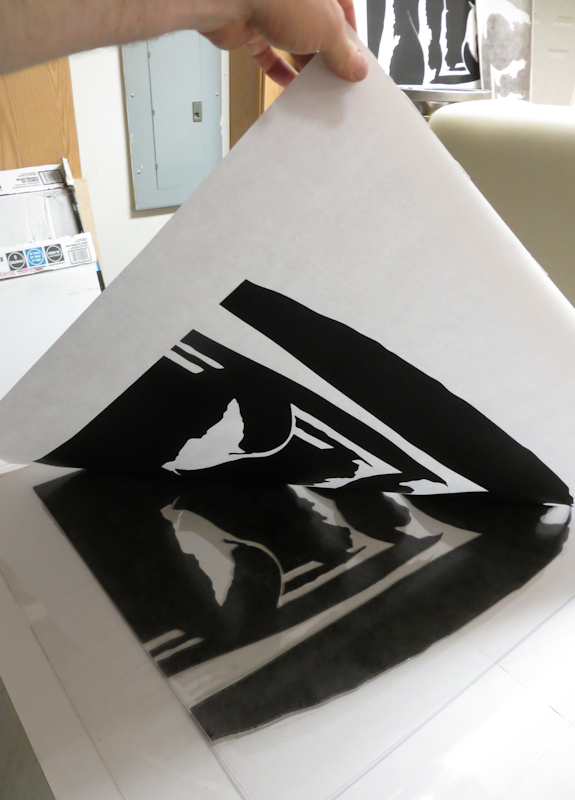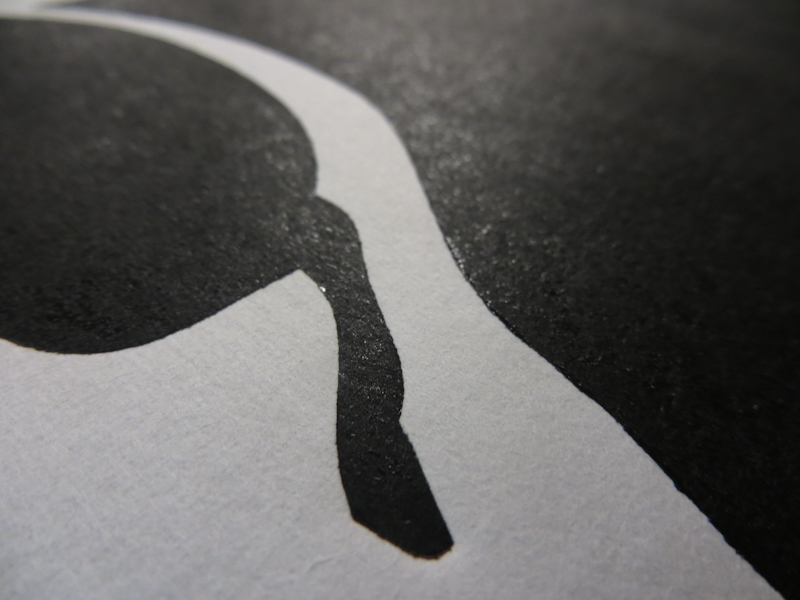I am sometimes asked why I put so much time and effort into learning to make plates from ImagOn when I could be using high-quality, ready-made photopolymer plates like SolarPlate or Toyobo KM plates. The reason has to do with my artistic vision which involves large, two, three, and four foot intaglio prints made from multiple plate impressions using image decompositions similar to those found in reduction linocuts and Moku Hanga. I chose intaglio over relief methods because I wanted to create tonal gradients unavailable in linocuts and textures unavailable in woodcuts. I also wanted the ability to incorporate very small details that are hard to obtain with hand-cut relief plates. Seriography and lithography were also options, but intaglio felt like the most promising technique for the images I have in mind. Also I love the embossing.
ImagOn is a challenging material to master but it has two huge advantages which are potentially unlimited plate size and lower cost. Ready-made plates are simply not available in the sizes I need and those sizes that are available run about $0.20 per square inch, compared with ImagOn which costs $0.02 per square inch. ImagOn is currently available in 24″ wide rolls and if I can tolerate a seam, I can butt together two pieces of ImagOn to create a plate almost 4′ wide.
My vision involves large prints, but I make lots of smaller prints along the way and for these I still prefer ImagOn because of its lower cost. My rationale is not as simple as merely saving money – one could argue that the time I spend designing and executing a print is worth more than I would would ever spend on plates and paper and ink.
The real reason is psychological and it has to do with creativity. Because ImagOn is inexpensive and I make the plates myself, nothing is precious and I am free to experiment to my heart’s content. I know that I am more careful when using a large piece of SolarPlate or painting on an expensive canvas. With ImagOn, I don’t even think about ruining the material and this leads to greater output and more paths followed.
I have been using Mark Nelson‘s Precision Digital Negatives process to calibrate my ImagOn plate making process. Most PDN users are from the alternative photographic process world and those that work with photopolymer are typically trying to achieve a “printerly” effect in a piece that is essentially a photograph. My use of ImagOn and digital stochastic screens is unusual for this community. For the most part, their goals are to reduce grain in the image and render very subtle tonal changes across the entire range. I want this, too, but my images aren’t photographic in nature so I am much more willing to sacrifice grain and tonal subtleties for the ability to print large. Also in many cases, I deliberately incorporate coarse aquatint texture into my designs.
I do require absolute control over my processes because I am making a huge investment in time and money to put together a large print from multiple plates. In order to remain creative, I need high confidence that my 4′ plate will work as planned. PDN gives me this confidence.


